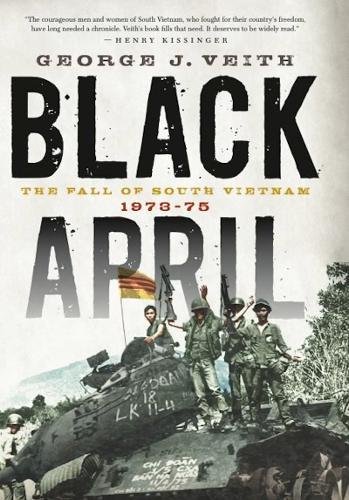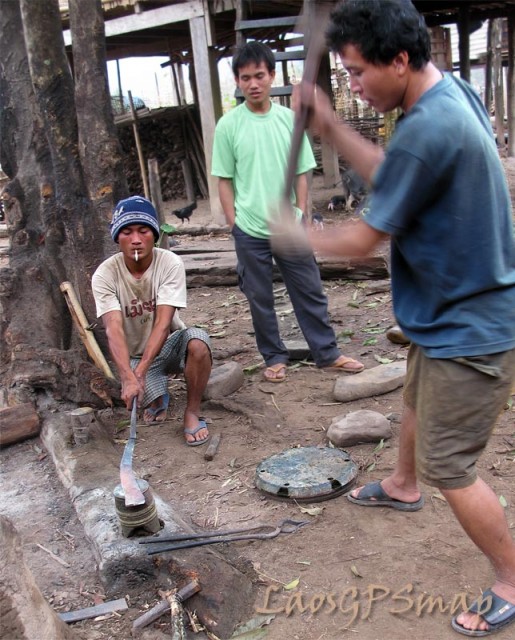I’ll be leaving to catch my flight to Houston in a few minutes. Blogging may be sporadic for the next two days as I’ll be spending time with family in Texas. Expect it to resume full force during the NRA Annual Meeting and thereafter.
A couple of items before I leave.
First, Sebastian reports that the 5th Circuit Court of Appeals has turned down the NRA’s appeal in NRA v. BATFE. He has a good preliminary analysis of the opinion. This is the case that challenged the Gun Control Act of 1968’s restriction on sales of handguns to those between 18 and 21 years of age.
Second, today is the 38th anniversary of the fall of Saigon to the North Vietnamese communists. Mike Vanderboegh posted a very soul-searching remembrance of the event a couple of days ago. As Mike would be the first to point out, he used to be a left-wing radical. When I say “left-wing”, I don’t mean a brie and Chablis liberal – think really hardcore.
If you want to read a good book on that last month of the Vietnam War, I’d suggest Black April by George J. Veith.
The defeat of South Vietnam was arguably America’s worst foreign policy disaster of the 20th Century. Yet a complete understanding of the endgame—from the 27 January 1973 signing of the Paris Peace Accords to South Vietnam’s surrender on 30 April 1975—has eluded us.
Black April addresses that deficit. A culmination of exhaustive research in three distinct areas: primary source documents from American archives, North Vietnamese publications containing primary and secondary source material, and dozens of articles and numerous interviews with key South Vietnamese participants, this book represents one of the largest Vietnamese translation projects ever accomplished, including almost one hundred rarely or never seen before North Vietnamese unit histories, battle studies, and memoirs. Most important, to celebrate the 30th Anniversary of South Vietnam’s conquest, the leaders in Hanoi released several compendiums of formerly highly classified cables and memorandum between the Politburo and its military commanders in the south. This treasure trove of primary source materials provides the most complete insight into North Vietnamese decision-making ever complied. While South Vietnamese deliberations remain less clear, enough material exists to provide a decent overview.
Ultimately, whatever errors occurred on the American and South Vietnamese side, the simple fact remains that the country was conquered by a North Vietnamese military invasion despite written pledges by Hanoi’s leadership against such action. Hanoi’s momentous choice to destroy the Paris Peace Accords and militarily end the war sent a generation of South Vietnamese into exile, and exacerbated a societal trauma in America over our long Vietnam involvement that reverberates to this day. How that transpired deserves deeper scrutiny.








